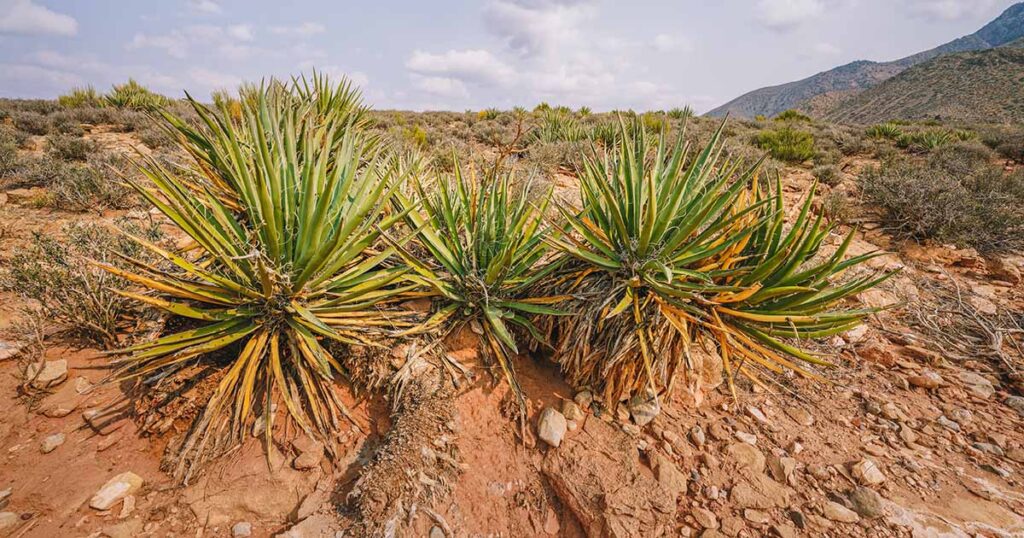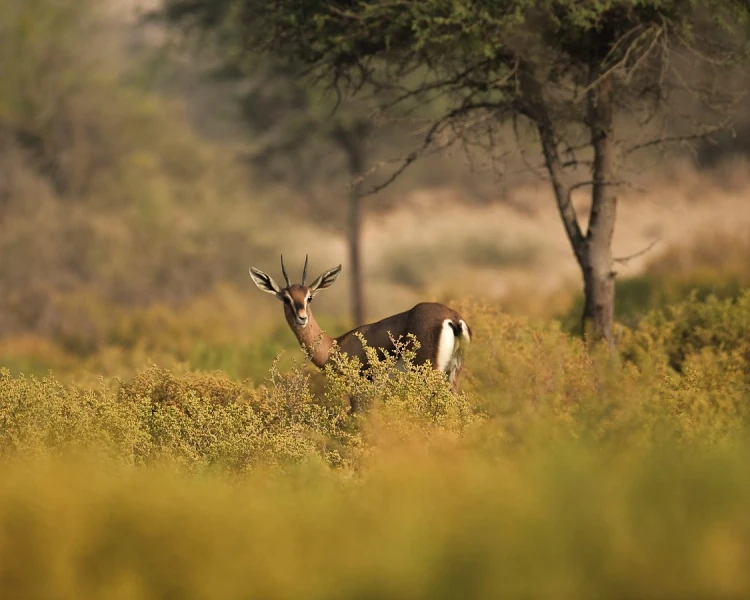
The natural world is a treasure trove of fascinating phenomena waiting to be discovered. While we are familiar with the more iconic animals and well-documented behaviors, there exists a parallel universe of lesser-known animal facts that often remain hidden from the spotlight. These curiosities paint a vivid tapestry of nature’s intricacies, revealing the astonishing diversity and complexity of life on Earth.
Table of Contents
Surprising Habits of Nocturnal Creatures
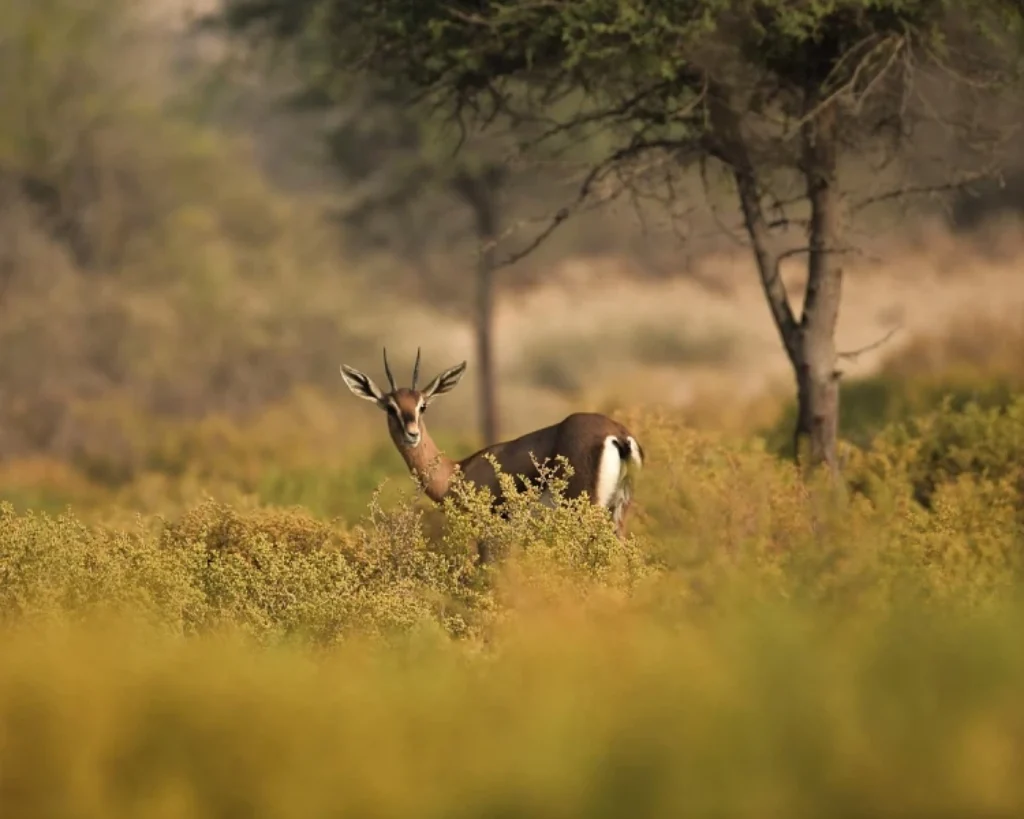
Source: animalia.bio
When the sun sets and darkness blankets the landscape, a different cast of characters emerges – the nocturnal creatures. Some of their habits may seem bizarre to us, like the aye-aye’s elongated middle finger used for tapping and extracting insects from tree bark.
Or the male sand gazelle, who navigates the arid deserts of Africa at night, relying on a specialized heat-exchange system to conserve water. These adaptations shed light on the ingenuity of evolution in the face of adversity. If you’re curious to learn more about these incredible creatures and their nighttime escapades, you can click here to explore fascinating insights.
Communication Methods in The Wild
Communication is vital in the animal kingdom, and the ways creatures convey information can be quite surprising. The acacia tree, when grazed upon by herbivores, emits a chemical signal to neighboring trees, prompting them to produce toxins that deter the attackers. On the other end of the spectrum, the electric eel communicates and hunts using electric shocks, which it can modulate with remarkable precision.
Bizarre Mating Rituals Among Wildlife Species
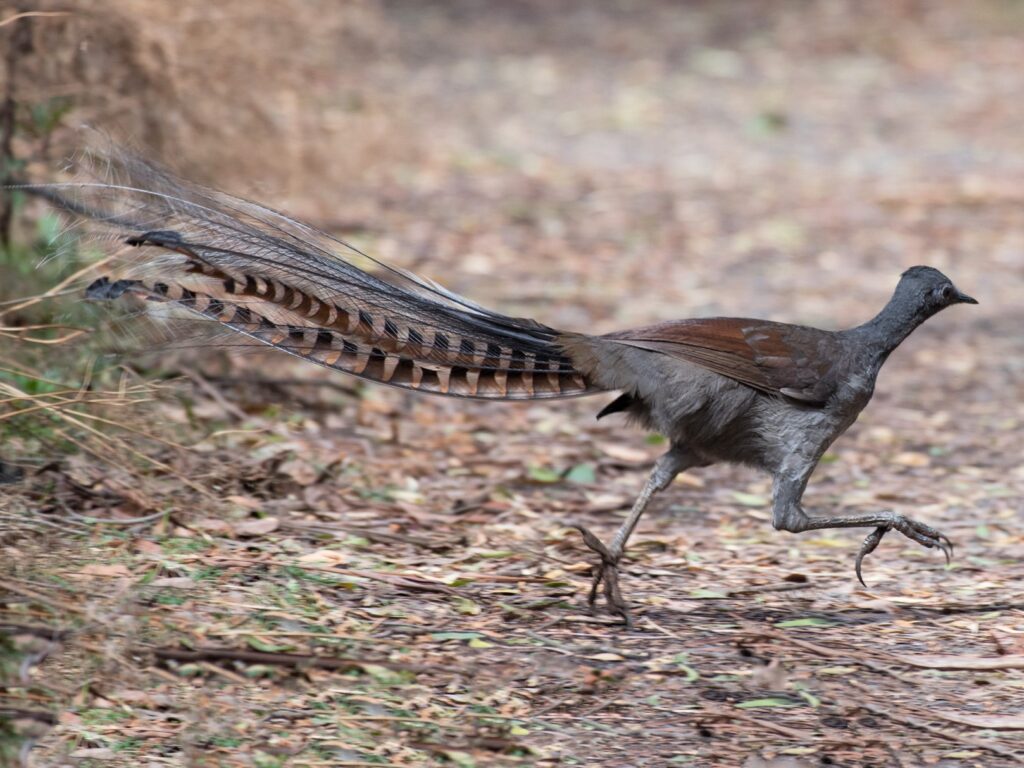
Source: ebird.org
Mating rituals are often extravagant displays of nature’s creativity. Consider the superb lyrebird of Australia, which woos females with a mesmerizing dance accompanied by a symphony of mimicry that includes chainsaws and camera shutters. Meanwhile, the male anglerfish fuses with the much larger female, becoming a permanent sperm provider. These bizarre rituals reflect the lengths to which animals will go to ensure reproductive success.
Lesser-Known Animal Intelligence and Problem-Solving Abilities
Intelligence in the animal kingdom comes in various forms. The octopus, with its intricate problem-solving abilities, demonstrates remarkable intelligence that rivals some mammals. Cephalopods can use tools, solve complex puzzles, and even exhibit playful behavior. Similarly, the New Caledonian crow is renowned for its tool-making prowess, fashioning sticks into implements for extracting insects.
Intriguing Examples of Animal Camouflage and Mimicry
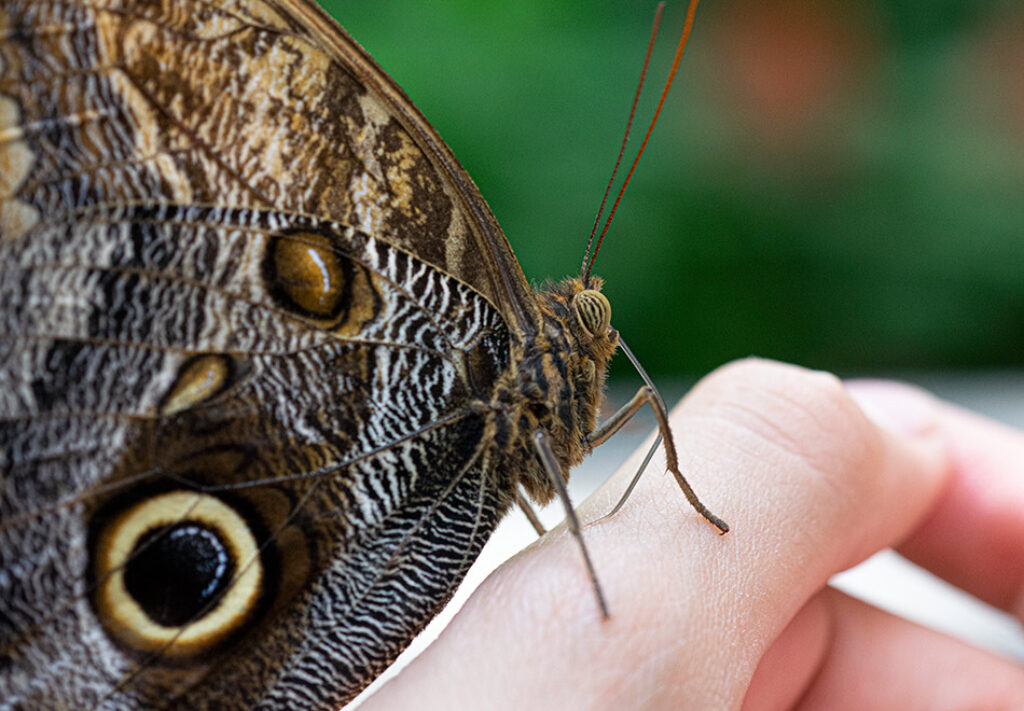
Source: floridamuseum.ufl.edu
Nature’s artistry extends to the realm of camouflage and mimicry, where animals employ ingenious strategies to avoid predators or secure prey. The leaf-tailed gecko, with its uncanny leaf-like appearance, blends seamlessly into the foliage. The owl butterfly, with its conspicuous eye-like patterns on its wings, confuses would-be predators. These adaptations serve as a testament to the perpetual arms race between hunters and the hunted.
The Extraordinary World of Microorganisms in Nature
While we often focus on larger, charismatic species, the hidden world of microorganisms is a bustling realm of life. Take slime molds, for instance. These seemingly simple organisms can solve mazes and optimize routes, demonstrating collective decision-making abilities. Microbes also play critical roles in nutrient cycling, decomposition, and even symbiotic relationships with plants.
Nature’s Quirky and Lesser-Known Survival Strategies
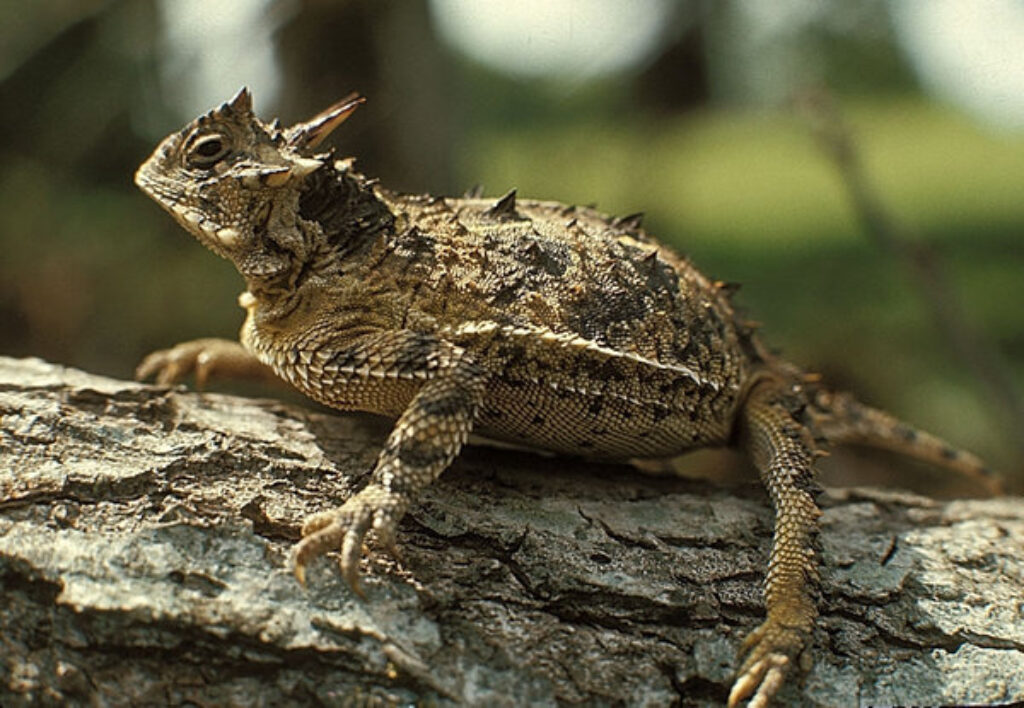
Source: tpwd.texas.gov
Survival in the wild demands innovation and adaptability. The horned lizard, for example, shoots blood from its eyes as a defense mechanism. The bombardier beetle mixes chemicals in its abdomen to create a boiling, noxious spray. These quirks underscore nature’s inexhaustible creativity when it comes to survival.
The Hidden World of Underground and Underwater Creatures.
Life isn’t limited to the surface; it thrives in the depths below and beneath our feet. Blind cavefish have evolved to navigate lightless caves using a highly developed sense of touch. Meanwhile, the mantis shrimp, a marine marvel, wields a punch so powerful it can break glass aquarium walls. These creatures invite us to explore the enigmatic ecosystems of the underground and underwater realms.
Lesser-known facts About Plant-Animal Interactions
Animals and plants share a profound relationship, often characterized by mutualism, predation, or parasitism. The yucca plant and the yucca moth engage in a remarkable mutualistic partnership, where the moth pollinates the yucca while laying its eggs in its flowers. Similarly, carnivorous plants like the pitcher plant have evolved ingenious mechanisms to capture and digest prey.
The Astonishing World of Symbiosis in Nature
One of the most remarkable phenomena in nature is symbiosis, where two different species form close and often mutually beneficial relationships. Take, for example, the cleaner wrasse and its clientele of larger fish. These small cleaner fish provide a valuable service by removing parasites and dead skin from the bodies of larger fish. In return, the cleaner wrasse gets a meal and protection from predation.
Another extraordinary example of symbiosis is the relationship between myrmecophytes (ant-plants) and ants. These plants have specialized structures that provide shelter and nectar to ants in exchange for protection. The ants defend the plant against herbivores, creating a win-win situation for both parties.
Nature’s Architectural Wonders: The Intricacies of Animal Homes
Animals are not only masters of survival but also skilled architects. From the beaver’s intricate dams to the termite mound’s temperature-regulating design, animal homes are marvels of engineering. The bowerbird, a master of decoration, builds elaborate structures adorned with colorful objects to attract mates. These feats of construction showcase the diverse ways in which animals create and adapt their habitats.
The Fascinating World of Cryptic Coloration
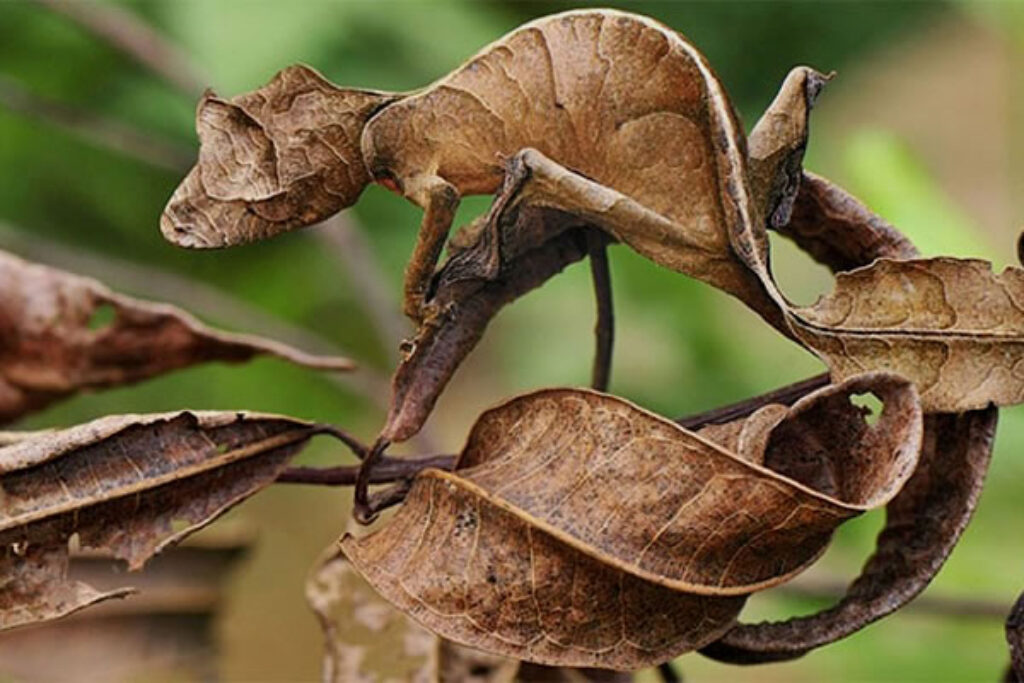
Source: socratic.org
Cryptic coloration, or camouflage, is a survival strategy employed by countless animals to blend seamlessly into their surroundings. The leaf-tailed gecko’s body resembles a dead leaf, complete with veins and spots, making it virtually invisible among the foliage. The peppered moth of England underwent a rapid color change during the Industrial Revolution, shifting from light to dark to match the soot-covered trees. These adaptations demonstrate the remarkable ways in which animals have evolved to evade predators.
Conclusion
Exploring the lesser-known facts about animals and nature is a journey into the heart of our planet’s astonishing biodiversity. It sparks curiosity and underscores the urgency of conservation efforts to preserve these incredible creatures and their habitats. As we delve deeper into the mysteries of the natural world, we discover not only the wonders of nature but also our responsibility to protect and cherish it for generations to come.
So, let’s embrace our role as stewards of this planet and continue to unveil the marvels of the wild. Through knowledge and appreciation, we can ensure the survival of the remarkable species that share our planet and, in doing so, safeguard the beauty and diversity of life on Earth for future generations

